Description
Laboratory Exercises in Microbiology, 5/e has been prepared to accompany Prescott et al’s Microbiology, 5/e. Like the text, the laboratory manual provides a balanced introduction to laboratory techniques and principles that are important in each area of microbiology.
Prescott, Harley and Klein’s 5th edition provides a balanced, comprehensive introduction to all major areas of microbiology. Because of this balance, Microbiology, is appropriate for students preparing for careers in medicine, dentistry, nursing, and allied health, as well as research, teaching, and industry. Biology and chemistry are prerequisites.
Prescott’s textbook contains briefer chapters than most books, but more of them (42). Students will find the concise chapters more palatable and less intimidating. Short chapters give the instructor the opportunity to fit the text more closely to the instructor’s syllabus. Topic flexibility is allowed.
There is an outstanding pedagogical system including outlines, concepts, key terms, cross-referencing, readings, new critical thinking questions, etc., to help students understand difficult material.
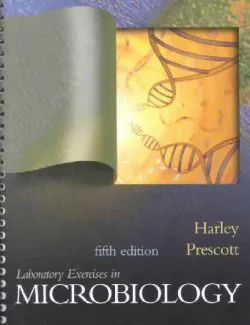
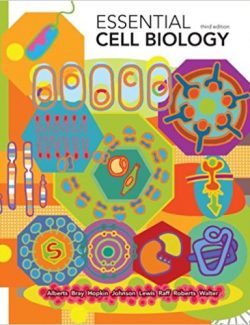
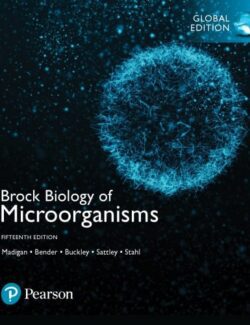
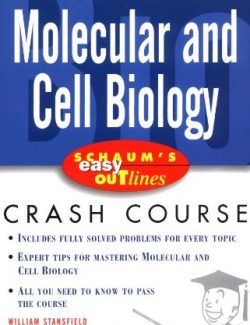

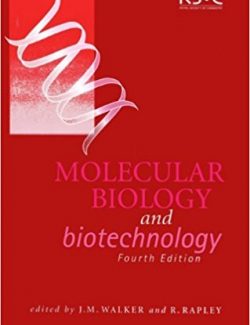
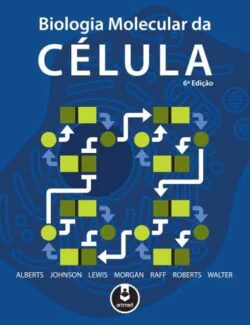

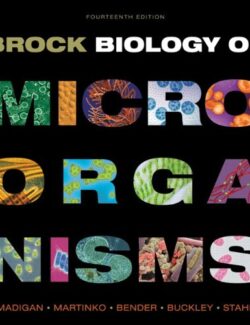
Leave us a comment
No Comments